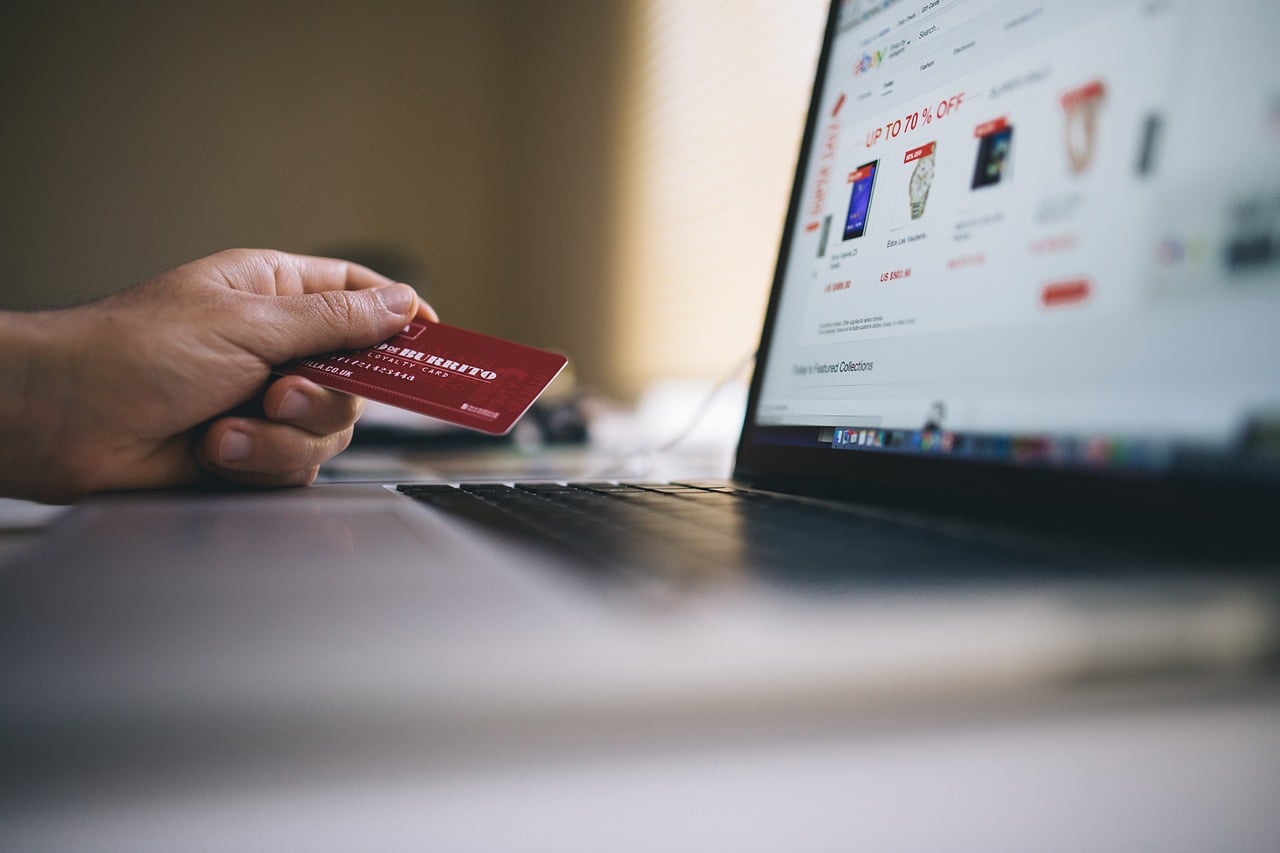Once upon a time, B2B sales were very old school in their ways. B2B marketplaces and online websites were unheard of – until the new generation of buyers entered the market along with the digital shift business is experiencing in general to create the world of B2B eCommerce. Even though the B2B world was slow to embrace eCommerce, we’re seeing a shift towards online sales to make the buying experience less complicated and more seamless.
Q4 2021 hedge fund letters, conferences and more
Below, we'll look at the reasons why B2B eCommerce is booming and the changes you can expect to see in the future.
The Millennials Became The Driving Force
Millennials are without a doubt the driving force behind the shift towards B2B eCommerce. 73% of people involved in buying decisions in the B2B industry are millennials, and some studies have shown that millennials prefer to get their information online as they grew up with the rise of technology - more than 83% will admit to buying the latest technology to keep up to date.
And, other studies show that millennials conduct an average of 12 online searches before reaching a website and consume 24% more online content than in 2020. Millennials expect to find what they need online. They don't want datasheets, long emails, or long phone calls - they want a one-stop-shop online leading to the rise of eCommerce for the B2B industry.
Plus, you have the introduction of Amazon Business for B2B that has propelled B2B sales into a new direction. It's so popular that 40% of buyers that use the marketplace say they would use it again.
Sales Became More About The Buyer Experience
Sales were always about the buyer, but in recent years the trend shifted towards focusing on the experience the buyer has when shopping. That's led to an increase in companies questioning what they can do to elevate the experience and reward for shopping - and so came the birth of b2b loyalty and programs that reward for sales. It's a common B2C tactic that many big brands like Starbucks use that can help promote brand image and awareness and encourage future sales.
When you consider the statistics, it makes sense. 57% of buyers will stop using your brand if you fail to engage with them, and 75% will favor you if you have a good loyalty program in place. Not only that, but they also protect your profit margin and encourage spending more than a discount would.
The Rise Of Digital Marketing For B2B
In a pre-2010 world, marketing would involve multiple cold calls - which studies show needed eight before a customer would actually answer, trade shows, and flyers in the post. Now, the rise of digital marketing has helped the eCommerce side of B2B grow. It's an essential part of B2B marketing, and 55% of marketing budgets focus on it. From social media to search engine optimization, tons of digital marketing tools help to drive traffic towards online sales.
Likely, B2B eCommerce will slowly dominate all B2B sales. It's simple, seamless, and appeals to the new generation of buyers. Sophisticated marketplaces like Amazon Business and the rise of B2B websites that create a one-stop-shop experience have created a new era of B2B sales that is here to stay.






